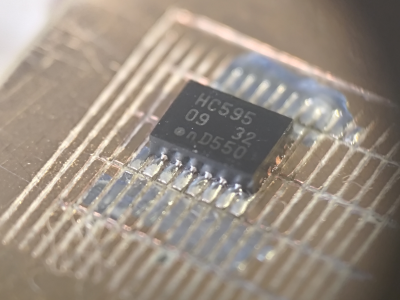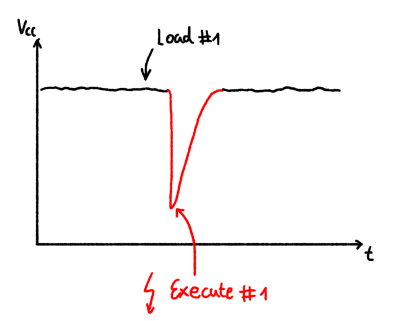While rulers and tape measures are ubiquitous, they always seem to disappear when you need them. We know you’d never forget your safety glasses (safety first!), so what if they were also a measuring tool?
Starting by snapping pieces from a folding yardstick, [Simone Giertz] and [Laura Kampf] worked out a rough prototype before letting [Giertz] complete the project in brass. Some initial issues with the weight of the frames were alleviated by switching to a lighter weight plate material and using thinner frames and weight-saving holes near the ear pieces.
Beauty is in the eye of the beholder, so we’ll let somebody else decide whether or not these will be the newest fashion craze. But it’s hard to argue with the timelessness of brass unless you have a copper allergy. We could definitely see a less expensive plastic version catching on in makerspaces for the PPE bin.
Want some other cool wearable gear? How about [Giertz]’s grocery bag hat, an evening gown with servo-driven flowers, or a shirt that reflects heat out the atmospheric window?
Continue reading “Combination Safety Glasses And Measurement Tool”




 prevent the tool from chattering across the surface of the FR4 blank. Controlling and maintaining the rake angle was a critical parameter here. [Zach] actually took an additional step, which we likely wouldn’t have thought of, to have some copper blanks pre-fabricated to the required size and finished with an ENIG coating. It’s definitely a smart move!
prevent the tool from chattering across the surface of the FR4 blank. Controlling and maintaining the rake angle was a critical parameter here. [Zach] actually took an additional step, which we likely wouldn’t have thought of, to have some copper blanks pre-fabricated to the required size and finished with an ENIG coating. It’s definitely a smart move!


 particular attack. If a programmed reset doesn’t get the job done, the target power is provided via a TPS2041 load switch to enable cold starts. The final part of the interface is an analog input provided by an SMA connector.
particular attack. If a programmed reset doesn’t get the job done, the target power is provided via a TPS2041 load switch to enable cold starts. The final part of the interface is an analog input provided by an SMA connector.









